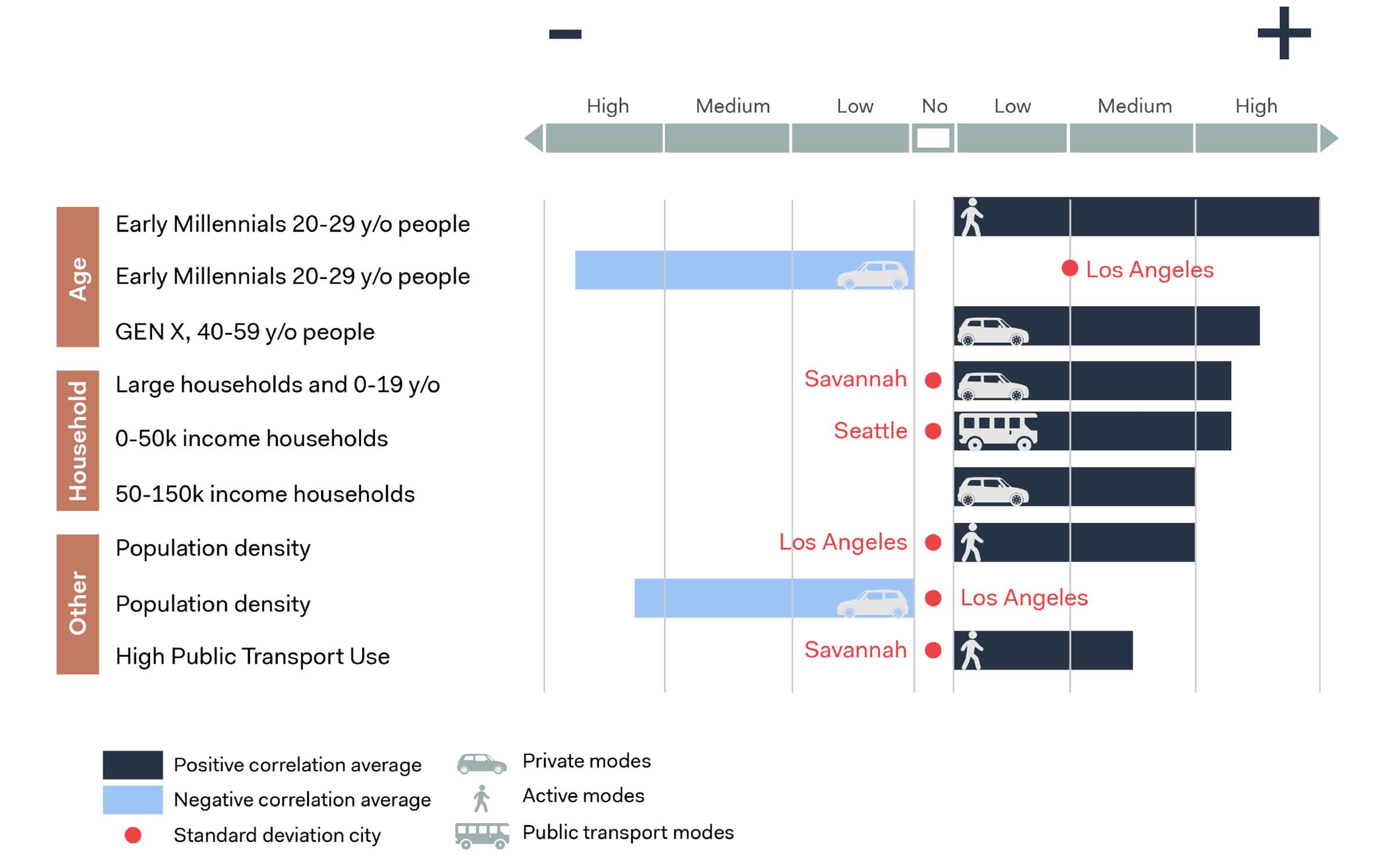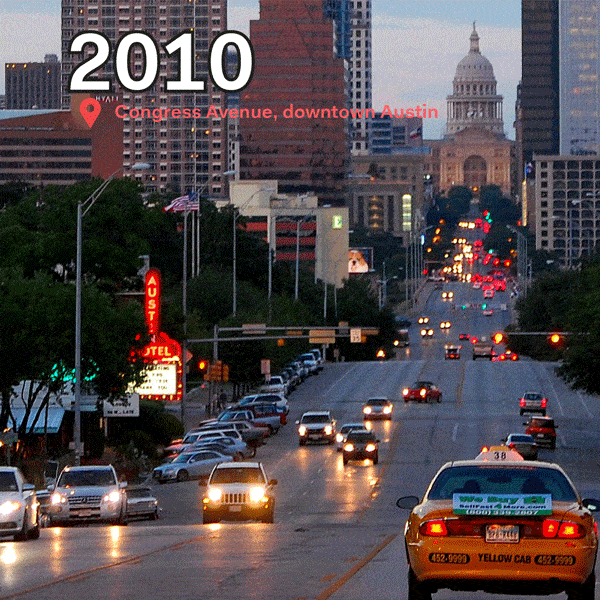Evidence of a ‘multi-modal generation’
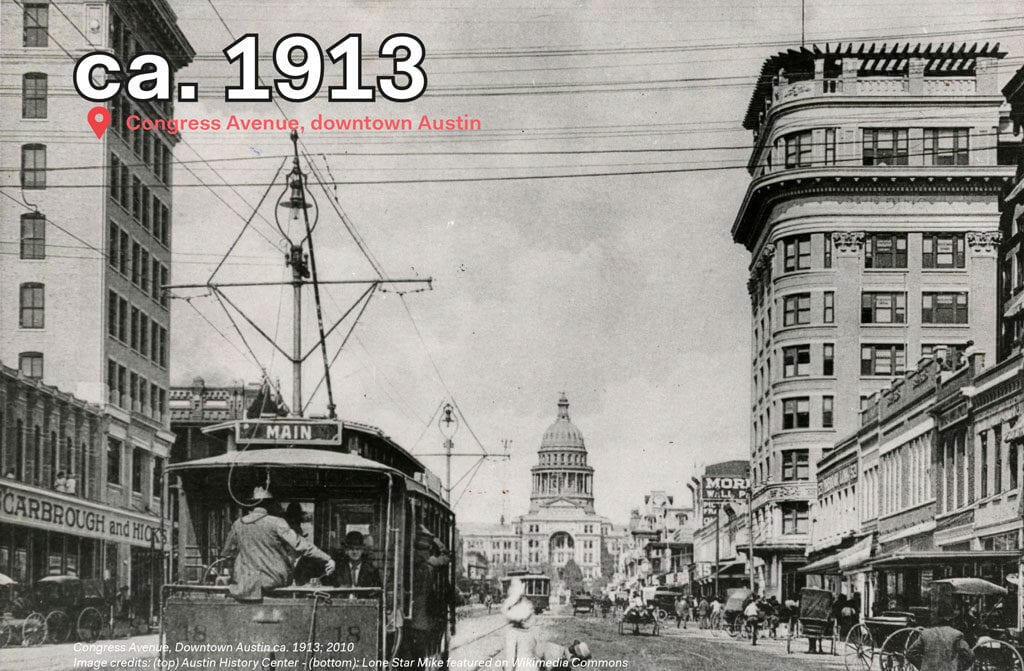
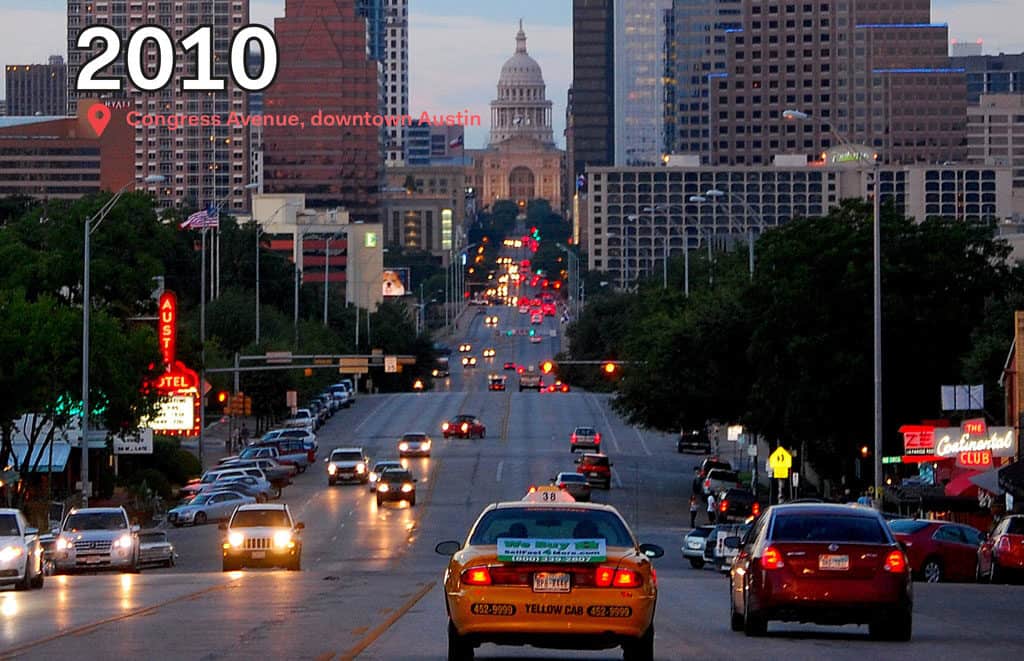
Across the Western world and particularly in the United States, talk of a rise of a ‘multi-modal generation’ is common. Shifts in behavior are commonly attributed to rising environmental concerns and awareness but could just as well be linked to economic factors. The following study looks at the data of the five selected cities in the United States and shows that this is not necessarily the case everywhere or for all age groups.
In the five selected cities, reliance on private modes of transport (predominantly cars) is generally below the national average, and has mostly decreased between 2012 and 2016, with exceptions in the youngest driving age group in Denver and Austin where we see a slight increase in car usership. A notable drop in the Over 65 age group in Austin points to shifting behaviors in this Texas city, however, the trend for public and active modes for the same group is also a declining one, pointing to possible replacement of the car with sharing modes as opposed to public or active modes. Understanding this unique Austin trend requires deeper analysis of contextual conditions of the city, including demographic and migratory shifts.
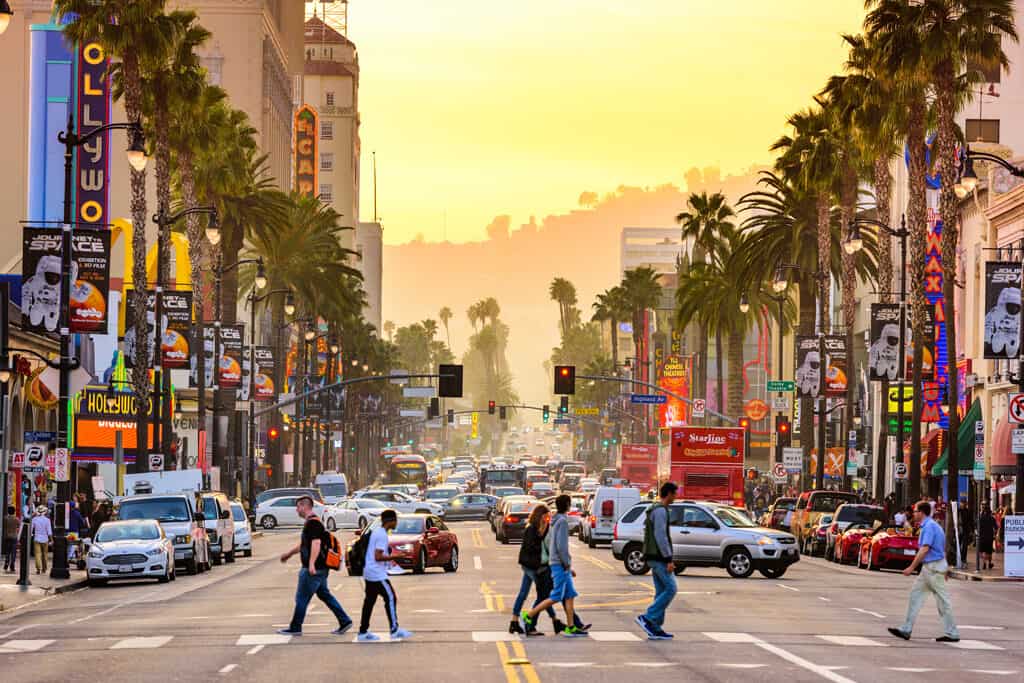
Image credits: Sean Pavone / Shutterstock.com
The following data also shows that in all but one of the cities under study, there are lower public transit ridership and active transport rates than the national average across categories. Seattle, which overall has a more balanced modal split than the other cities, shows significantly higher public transit and active travel than the national average. Public transit use is also increasing among the younger generations in Seattle, and partially in Savannah as well.
Overall, change trends over the four-year period do not indicate adequate replacement between the three main modes of travel.
The data does not support the argument that younger generations today are driving (far) less than older citizens. However, they are using public transit, walking and cycling significantly more than older generations do. The trend of the graph for public transit use follows a downward pattern in all cities. That is to say that the older you get, the less likely you are to rely on public transit. For active transport, there is an even sharper distinction between the youngest age group and the consequent categories. Across cities, this group is at least twice as likely to walk or cycle than any other group. This could owe in part to the lack of dependents. In the United States, the average age for women to have a first child is 26; 31 for men. For many, traveling with dependents makes it more difficult to travel on foot or by cycling. In short, there is some evidence that younger generations are more multi-modal, yet further historical evidence is needed to establish a long-term trend.
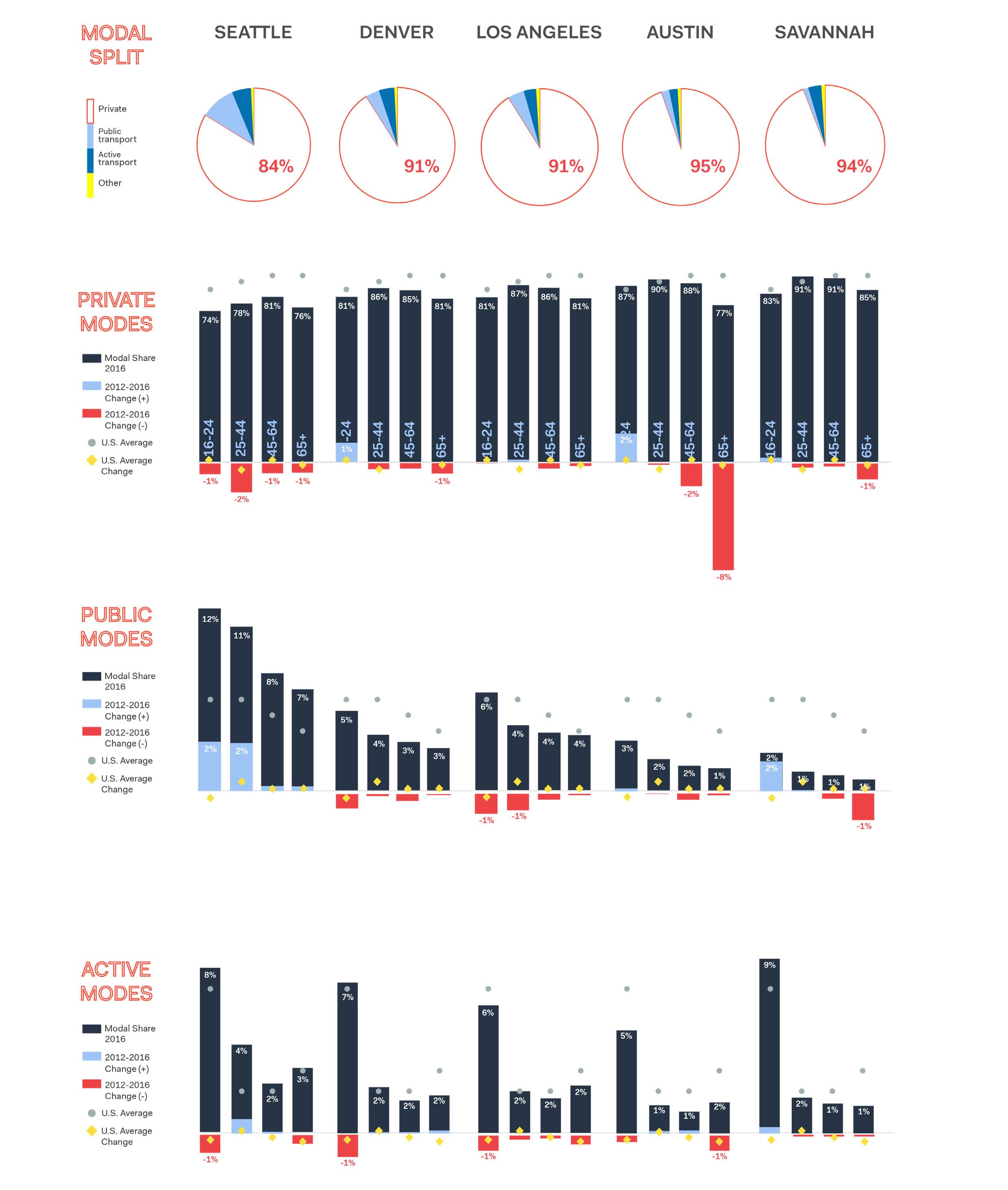
As the previous data shows, some factors have stronger linear relationships with modal choice. In other words, some groups of people have higher tendencies to rely on a particular mode than others. The previous section briefly explored the role of age as a determining factor in the use of different modes. In the chart below, factors relating to household structure, income level and the physical environment in which one lives are also explored to better understand whether being part of a particular group raises or lowers one’s modal choice tendencies.
This data is based on the five core cities of the study and does not necessarily extend to the rest of the nation, nor does it attempt to investigate causality. Furthermore, in most categories with an evident correlation presented below, the general tendency does not necessarily apply to all cities. In all but early millennial car trends, at least one city shows no correlation at all. Early millennials in Los Angeles, however, are unique among their peers in that they show a positive correlation with private car use, whereas the same age group in the other cities has a high negative correlation with private modes. Alternatively, early millennials in all cities have a very strong tendency to walk or cycle, while Generation X users in all five cities have a strong tendency towards private car use.
Several conditions relating to household structure seem to make the average citizen in these cities opt more towards the car: those who live in large households with dependents and those in middle household income groups have a somewhat strong likelihood of relying on private cars. The lowest income bracket, however, is far more likely to rely on public transit. In Seattle, where the public transit offering is already far more advanced than the other cities, this correlation does not exist.
Other factors have notable coincidence with specific modal choices such as population density. In the given cities, again apart from Los Angeles, people living in areas of high residential density opt for walking and cycling more, and for cars less. In Los Angeles, these choices seem to be independent of locational variances with respect to density. The data studied also shows that public transport use tends to go hand in hand with active travel rates to a certain degree. The outlier in this case is Savannah, where no relationship is evident.
Probable modal choice by major categories
